-
Game Modes in Scrum Showdown!

Welcome to the Game Mode Development Log! In this post, we’ll be focusing on some of the important changes made to the game mechanics and visuals, with a particular emphasis on scoring, timer adjustments, animations, and the visual updates for various gameplay modes. Let’s dive into the latest updates! Scoring Adjustments and UI Considerations As…
-
Gameplay revisions in Scrum Showdown
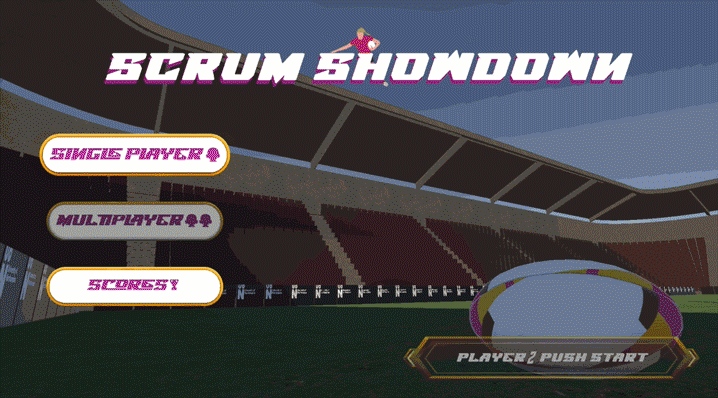
Welcome to the ScrumShowdown Development Log! In this update, we’re diving into some exciting progress on the development of the enemy AI, gameplay mechanics, and the integration of new visuals for the game. As we continue to polish gameplay and enhance the overall player experience, there have been some important shifts in how the game…
-
Scrum Showdown AI
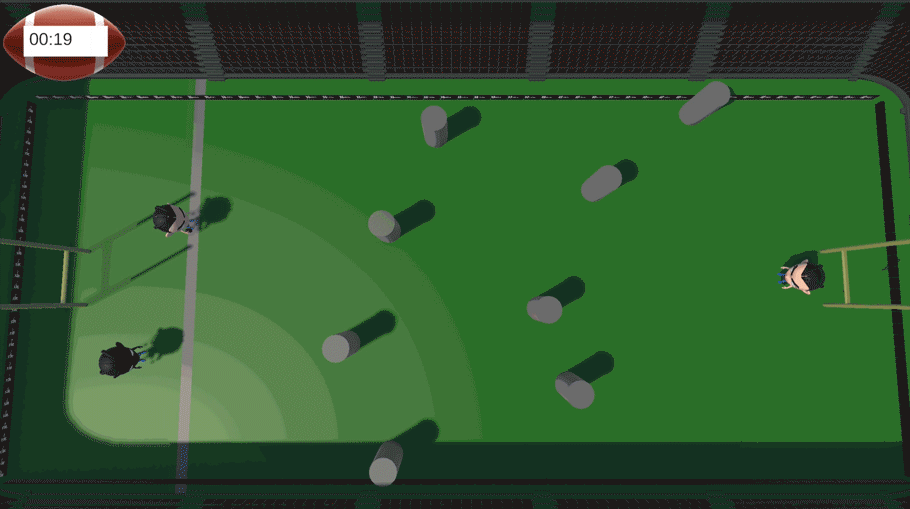
In this post, we’ll take a closer look at the development of the enemy AI and gameplay mechanics for the new mode. After finalizing the passing and foul systems, the next big task was implementing the AI’s behaviour on the field. This involved creating dynamic and responsive AI defenders that would challenge the player while…
-
Behind the Gameplay Mechanics of Scrum Showdown

Welcome to another look behind the scenes of Scrum Showdown, where we dive into the development of the mini-game mechanics that make our game so exciting! We kicked off development by focusing on the core gameplay mechanics. The idea was to create a variety of rugby-themed challenges that test different skills, such as scrumming, tackling,…
-
Scrum Showdown Art
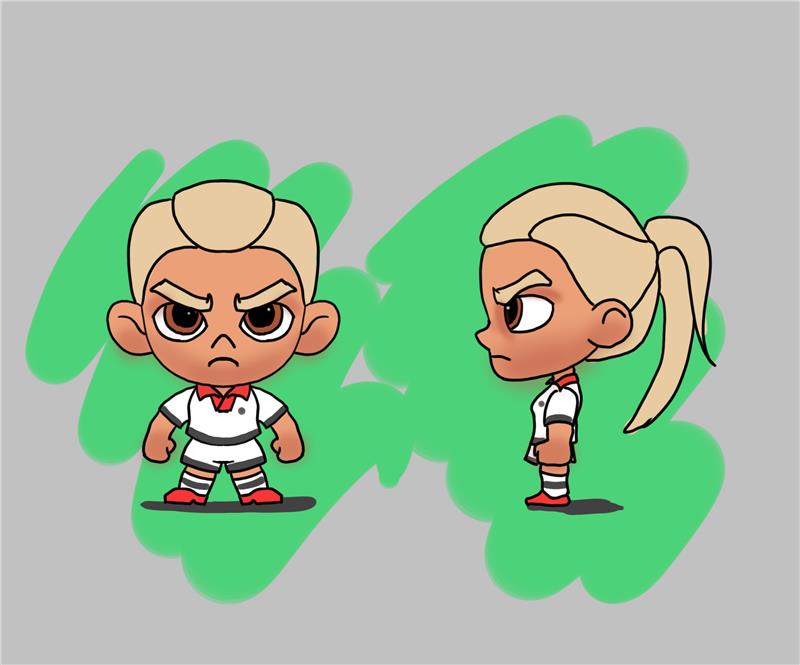
In this post, we’re excited to share the concept art behind Scrum Showdown, our rugby-inspired arcade game created in celebration of the 2025 Women’s Rugby World Cup. Concept art plays a crucial role in bringing a game’s vision to life, it was all about capturing the energy, excitement, and inclusivity of women’s rugby while crafting…
-
Scrum Showdown Development Begins!
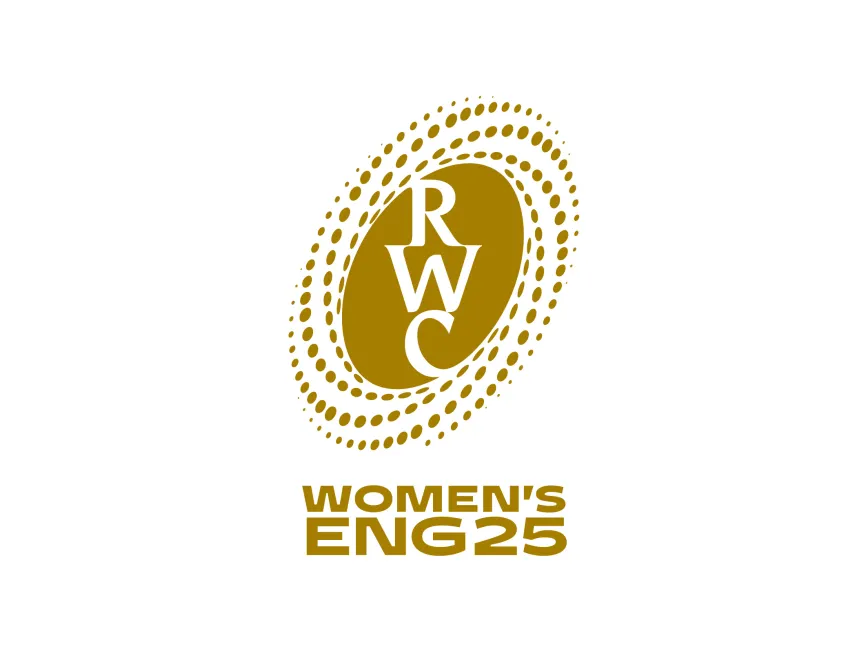
Welcome to the Scrum Showdown Development Log! In this first post, we dive into the development process of creating our rugby-inspired arcade game created for the Women’s Rugby World Cup. The main goal of the project was to create a fun, competitive experience for everyone. The unique arcade machine, with its screen ratio of 1920×360,…
-
User Interface Design in Laser Wing
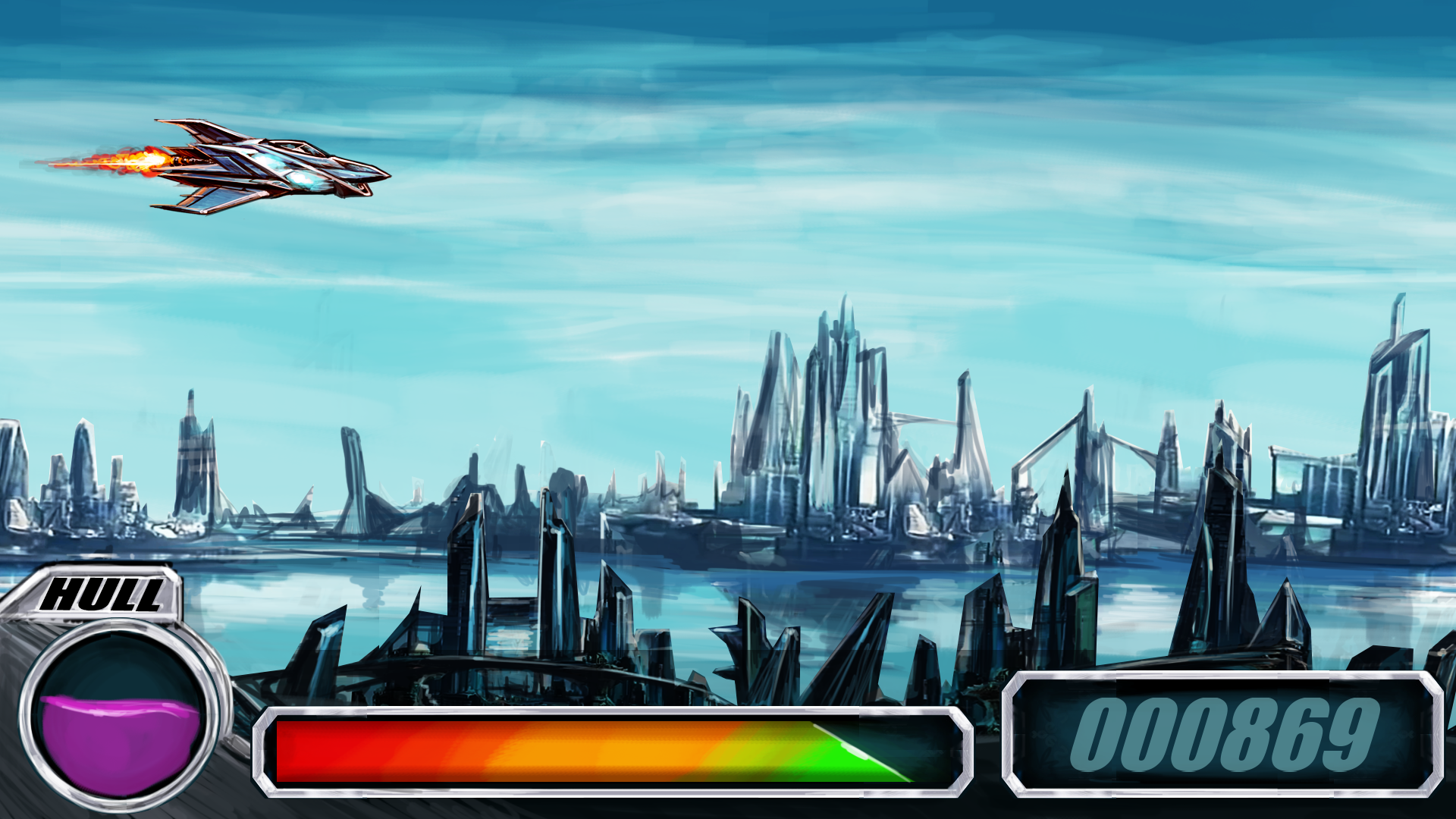
The User Interface in a game is just as important as the gameplay. The User Interface (UI) communicates key information to the player and without it, the player can’t keep track of resources they have to use. Initially Lewis Sanderson looked at similar games in the genre such as R-Type and created some mock ups,…
-
The Background Art in Laser Wing from 2D to 3D!
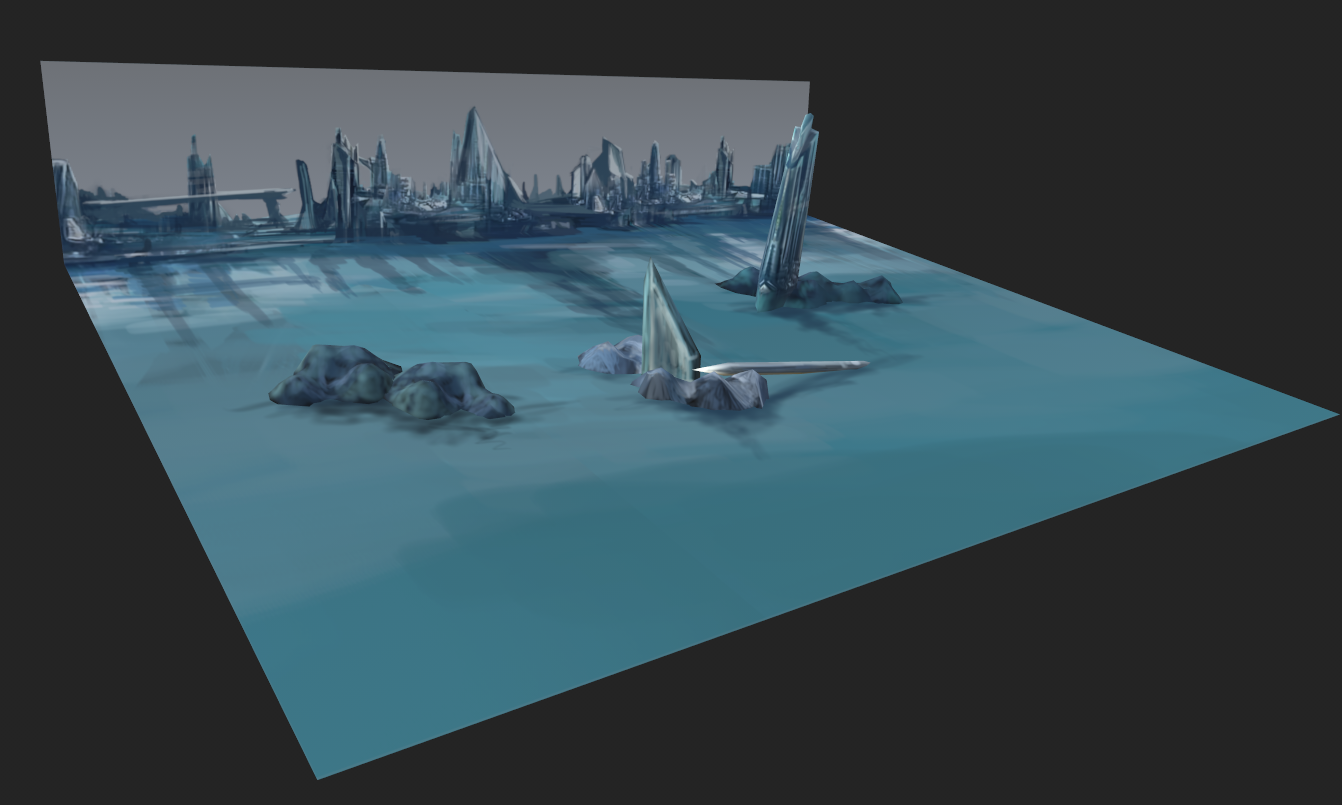
When creating all visuals/artwork, we try to follow the traditional principle of starting from the background and working your way into the foreground. For Laser Wing this was perfect given the game’s natural blend of 2D/3D. The early concepts took inspiration from games such as Star Fox 64 and R-Type in terms of their scenery.…
-
The Perspective Tricks Behind Laser Wing
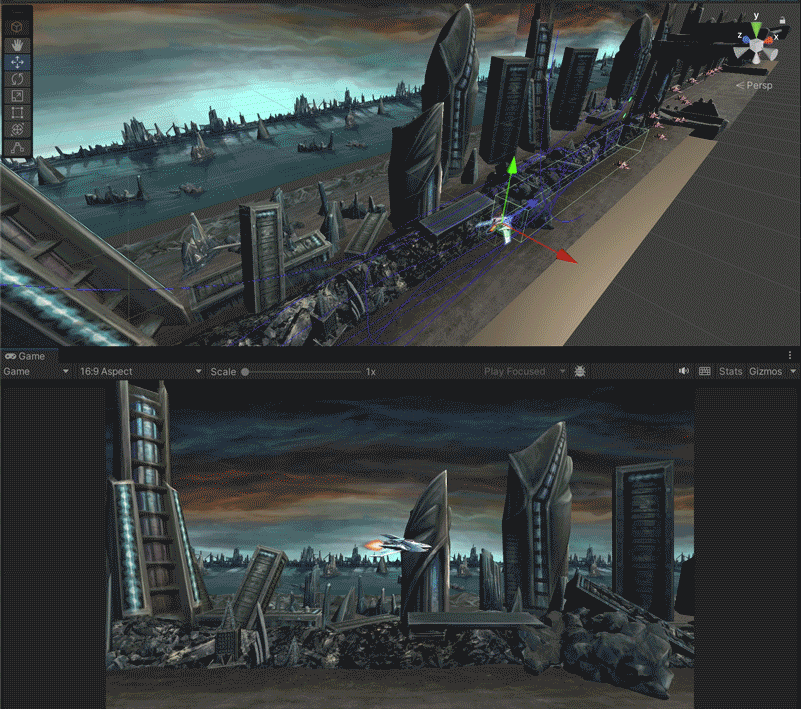
In Laser Wing, I used a lot of tricks in Unity to achieve a game that mimics the style of older shoot-em-up titles. Looking at the level first, we originally envisioned for the level’s environment to be randomised and continue endlessly. I first created blocks that fix the width of the screen that move along…
-
Creating Enemy Designs
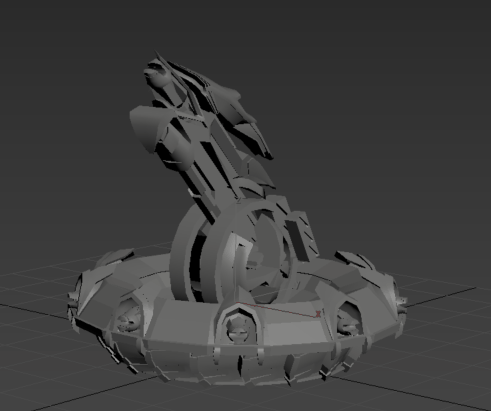
The process for creating the enemies for Laser Wing started with gameplay prototyping. I outlined what enemy types the player should encounter in the game based on their behaviours. For example many games have an enemy that flies in a straight line, and another that will fire at you. I blocked out a level layout…
Goblin Games & goblin Academics
University of Northampton Games Studio
